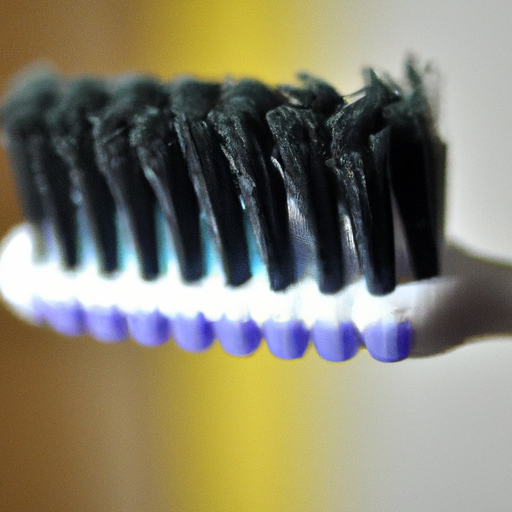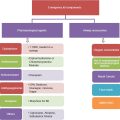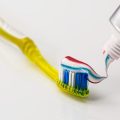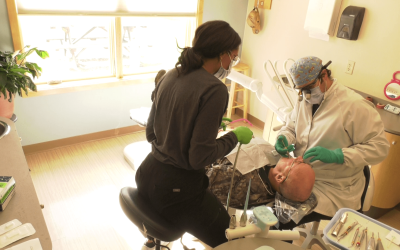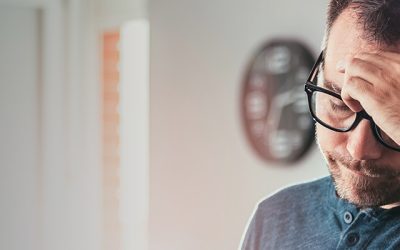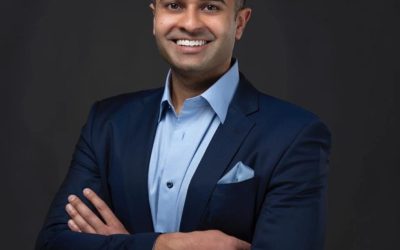Did you know that an estimated 68.5 million adults in the United States do not have dental insurance? According to a new report released by CareQuest Institute for Oral Health, this number could rise to 91.4 million by the end of this year. The report highlights the inequities in oral health care and the significant impact it has on low-income individuals and racial and ethnic minorities. Lack of dental coverage forces many people to forgo critical dental care, leading to a nationwide oral health crisis. CareQuest Institute is calling on health care professionals, administrators, policymakers, and advocates to join their efforts in increasing broad dental coverage in both Medicaid and Medicare to address this pressing issue.
New Data Reveals 68.5 Million US Adults Without Dental Insurance
According to the latest data released by CareQuest Institute for Oral Health®, approximately 68.5 million adults in the United States do not have dental insurance. This alarming figure comes from the third annual State of Oral Health Equity in America (SOHEA) survey and highlights the inequities in oral health care across the country. The data also suggests that the number of adults without dental coverage could rise significantly by the end of 2023.
CareQuest Institute Releases New Data on Inequities in Oral Health Care
The CareQuest Institute for Oral Health has recently released new data on the inequities in oral health care in the United States. This data, collected through the SOHEA survey, underscores the lack of dental insurance coverage among adults in the country. These inequities disproportionately affect low-income individuals and racial and ethnic minorities, exacerbating the oral health crisis that the nation is facing.
Number of Adults Without Dental Insurance Could Rise
The data from the SOHEA survey indicates that the number of adults without dental insurance may rise significantly in the near future. This projection is based on several factors, including the loss of coverage for additional household members and the Medicaid redetermination process. As a result, the estimate of 68.5 million adults without dental insurance could increase to as many as 91.4 million individuals by the end of this calendar year.
Loss of Dental Insurance for Household Members
In addition to the estimated 68.5 million adults without dental insurance, the SOHEA survey reveals that an additional 8.9 million household members may have lost dental insurance in the last year. Many family and household members rely on a single member of the household for dental coverage. When that member loses their insurance, it can have a significant impact on the rest of the household, further contributing to the lack of dental coverage across the country.
Potential Loss of Medicaid Dental Insurance Coverage
The survey also highlights another concerning issue – the potential loss of Medicaid dental insurance coverage for as many as 14 million adults in the US. With the expiration of the public health emergency, these individuals stand to lose their dental insurance, adding to the already significant number of adults without coverage. This further compounds the oral health crisis faced by the nation.
Nationwide Oral Health Crisis
The lack of dental insurance among adults in the United States has pushed the nation into a nationwide oral health crisis. It forces many individuals to forgo critical dental care, which can have severe consequences for their oral health and overall well-being. The crisis is most prevalent among low-income individuals and racial and ethnic minorities, exacerbating existing health disparities.
Call for Increase in Dental Coverage
To address the oral health crisis and improve access to dental care, the CareQuest Institute for Oral Health is calling on health care professionals, administrators, policymakers, and advocates to join efforts in increasing dental coverage within Medicaid and Medicare. By enhancing these government programs and including comprehensive dental benefits for all enrollees, the Institute aims to ensure equitable access to oral health care for all individuals.
Current State of Dental Coverage in Medicaid and Medicare
Currently, state Medicaid programs are not required to provide dental coverage to adults, resulting in significant variations in coverage from state to state. Some states offer extensive benefits, essential for maintaining optimal health, while others provide limited or emergency-only benefits. Similarly, Medicare does not provide comprehensive dental benefits to all eligible older adults and people living with disabilities. This lack of dental coverage within these government programs adds to the disparity in oral health care access and outcomes.
Increase in Proportion of Adults with Dental Insurance
While the data from the SOHEA survey shows a 3% increase in the proportion of adults with dental insurance from 2021 to 2023, this increase is primarily attributed to the rise in Medicare Advantage plan enrollment during the same period. Many Medicare Advantage plans offer limited dental benefits to attract enrollees. However, these benefits are often quite limited and result in high out-of-pocket costs for individuals with severe dental needs. Thus, while there has been a slight improvement in dental insurance coverage, it falls short of meeting the needs of the population.
Oral Health Challenges Faced by Many
The SOHEA survey reveals several oral health challenges faced by many adults throughout the country. A significant portion of the population (27%) lacks dental insurance, which is almost three times higher than the number of people without health insurance (9.3%). Adults living in rural areas are more likely to lack dental insurance compared to those in suburban or urban areas. Additionally, Hispanic individuals were twice as likely to have lost dental insurance in the last year compared to white non-Hispanic individuals. Both Medicare and Medicaid participants also face gaps in dental coverage, with approximately one-third of participants lacking dental insurance. Furthermore, adults with lower incomes are significantly more likely to perceive cost as a barrier to seeing a dentist in the last two years, highlighting the financial challenges associated with accessing dental care.
State of Oral Health Equity in America (SOHEA) Survey
The State of Oral Health Equity in America (SOHEA) survey conducted by the CareQuest Institute for Oral Health is the largest nationally representative survey focused exclusively on adults’ oral health. The survey examines knowledge, attitudes, experiences, and behaviors related to oral health care. Administered in January and February 2023, the survey included a sample size of 5,240 adults aged 18 and above. The findings from the survey are included in the “Uninsured and in Need: 68.5 Million Lack Dental Insurance, More May Be Coming” report, one of several publications that the CareQuest Institute will release based on the survey results.
In conclusion, the lack of dental insurance among adults in the United States is a pressing issue that contributes to the nationwide oral health crisis. The data from the SOHEA survey reveals the extent of the problem and emphasizes the urgent need for increased dental coverage within Medicaid and Medicare. By addressing the inequities in oral health care access, policymakers, health care professionals, and advocates can work together to ensure that all individuals have access to essential oral health care services.

